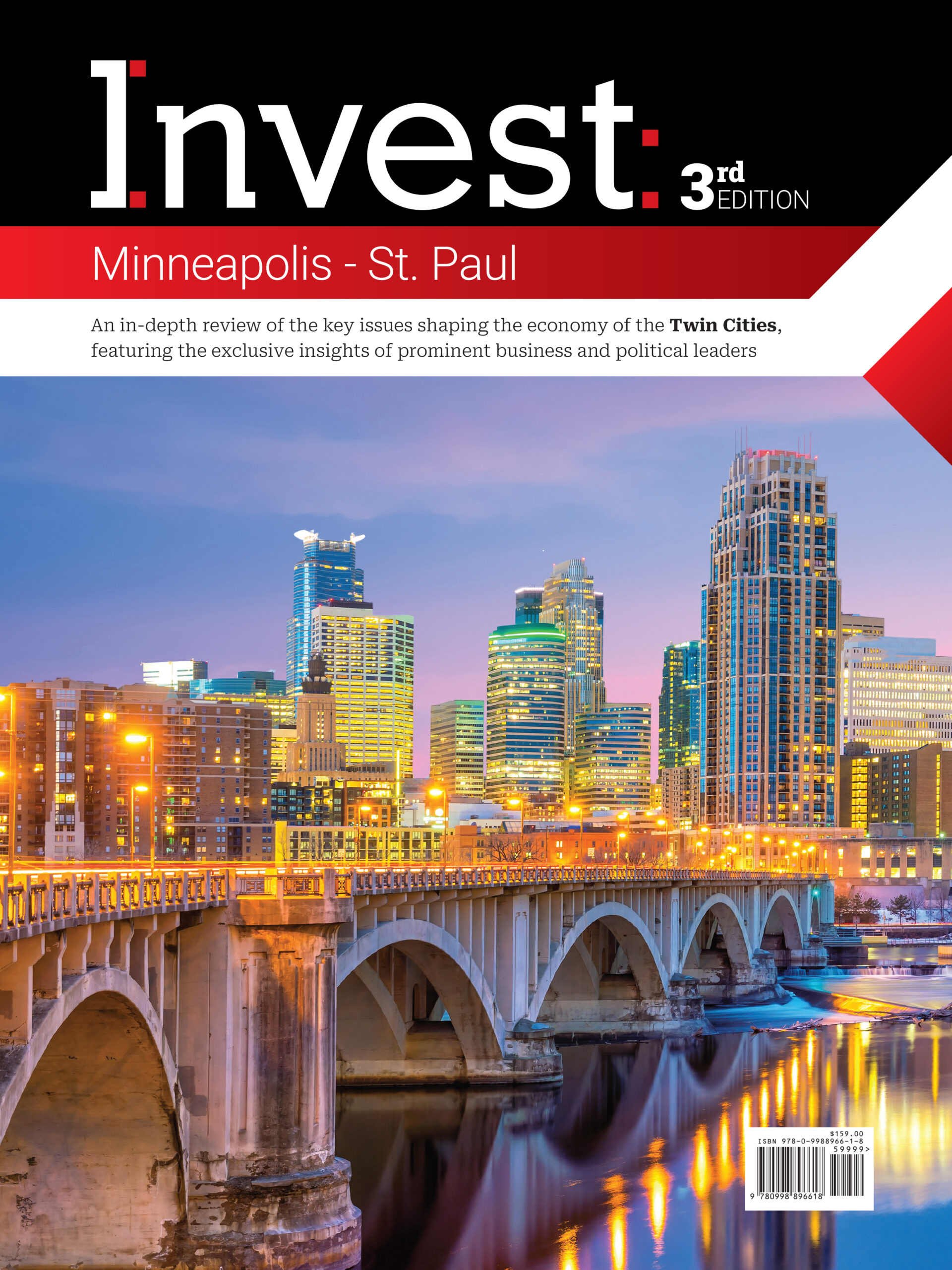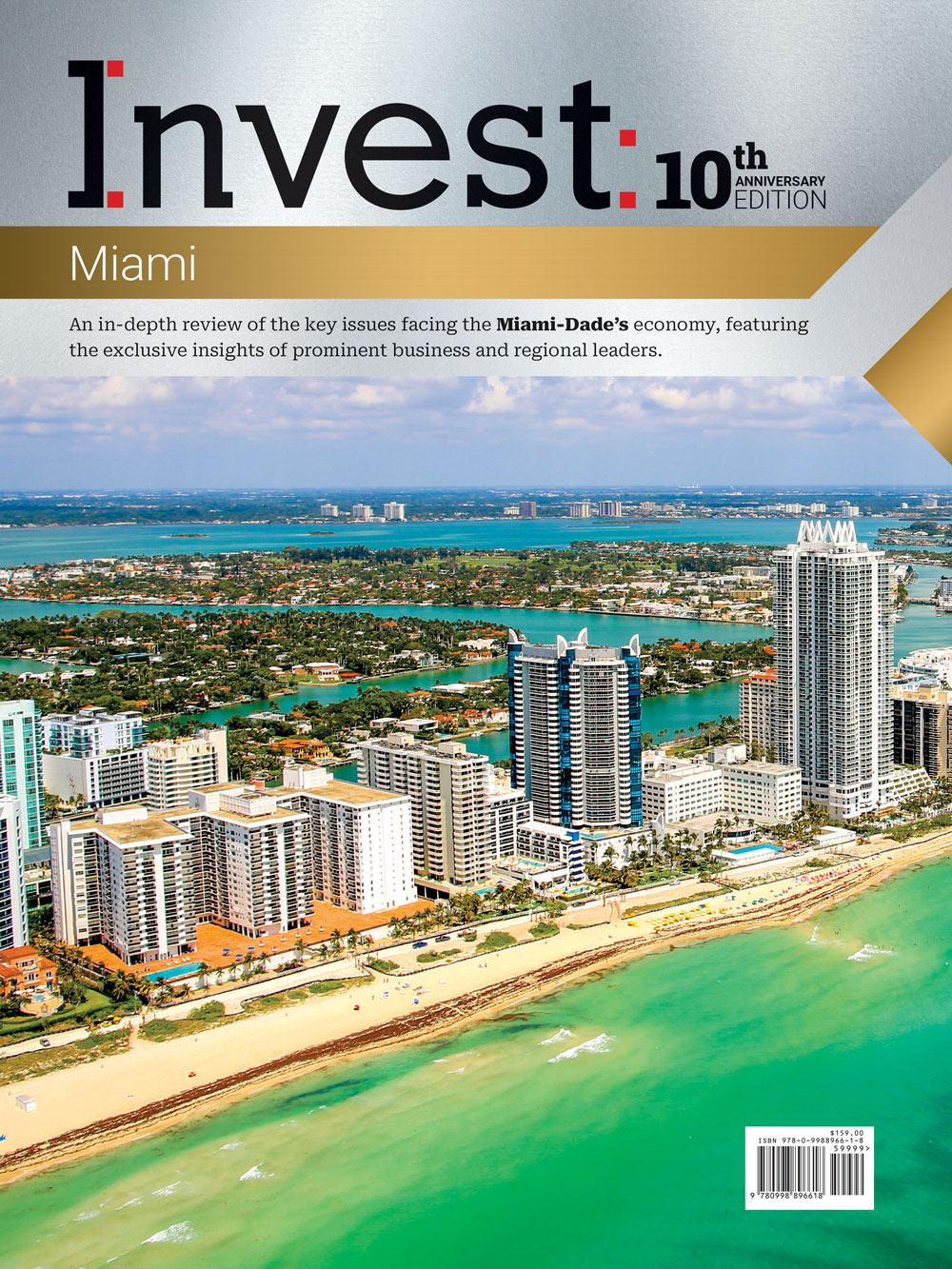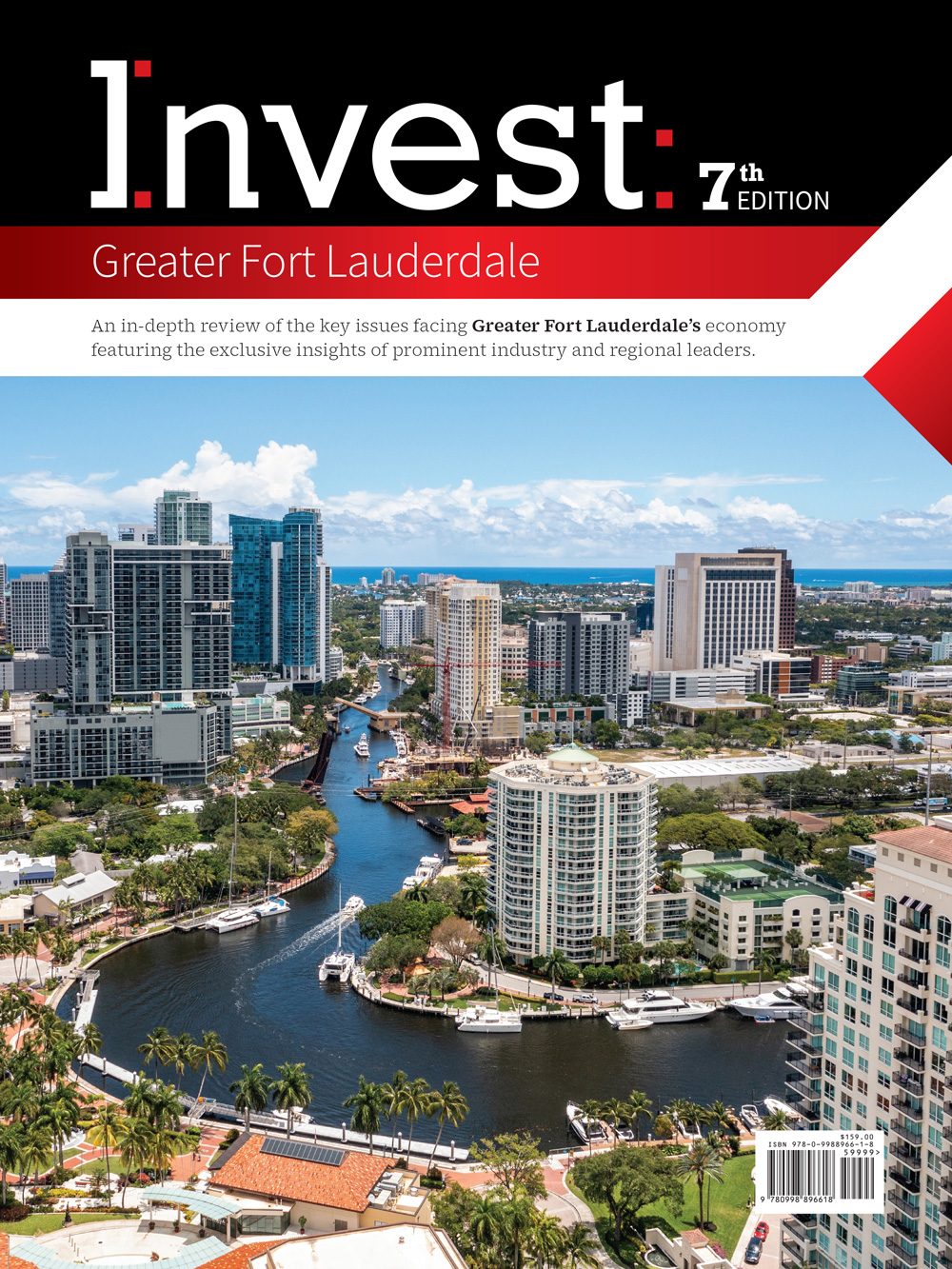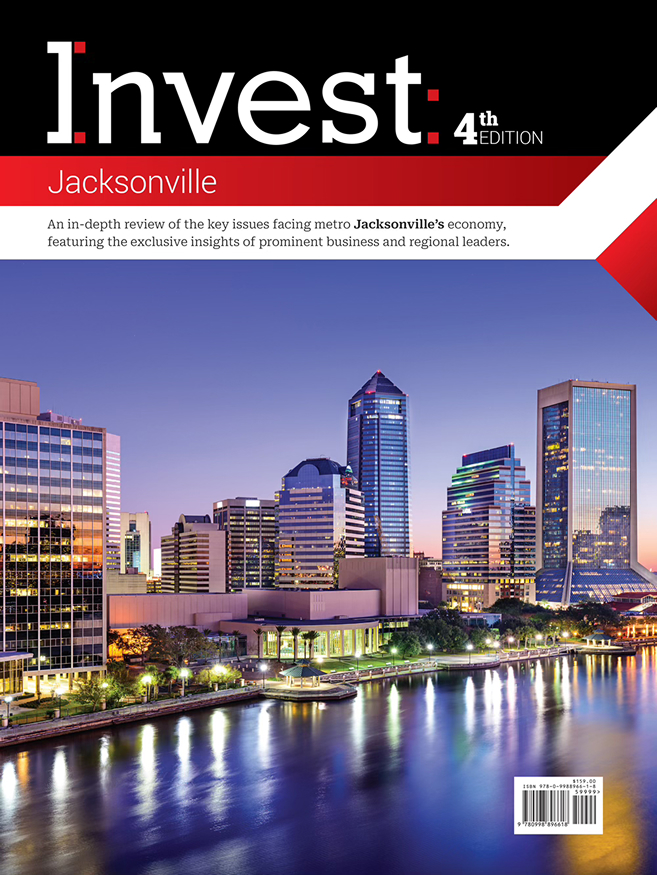San Antonio’s workforce and growth strategy take center stage
Writer: Andrea Teran

April 2025 — San Antonio is experiencing one of the largest population gains in the United States, adding nearly 24,000 new residents between July 2023 and July 2024, according to the U.S. Census Bureau. The city’s population now stands at approximately 1.53 million, securing its position as the seventh-largest city in the nation. In terms of raw population growth, San Antonio ranked fourth nationally, trailing only New York, Houston, and Los Angeles.
This expansion reflects the broader migration trend toward the Sun Belt, where cities continue to attract residents with lower living costs, employment opportunities, and lifestyle amenities. San Antonio’s sustained growth, however, is not just demographic—it highlights the city’s evolving role as a key economic hub, even as it navigates challenges tied to infrastructure, climate resilience, and housing affordability.
San Antonio’s population growth continues to be fueled largely by domestic migration. According to the U.S. Census Bureau, more than 121,000 people relocated to the San Antonio–New Braunfels metro area from other states between April 2020 and July 2024, accounting for 59% of the region’s total growth during that period. An additional 41,000 people arrive through international migration, while natural population change (births minus deaths) contributed another 41,000. The metro area now has a population approaching 2.8 million.
“San Antonio’s biggest opportunity to leverage momentum lies in its workforce,” said Ashley Gossen, executive vice president at greater:SATX, in an interview with Invest:. “With 170,000 students enrolled across the region and significant educational attainment gains, we’re building a robust talent pipeline that’s fueling job-producing investments.”
Population growth is also evident across the wider metro area. Texas suburbs such as Princeton, Fulshear, and Celina — each located near major urban centers — led the nation in percentage growth, reflecting a broader pattern of suburban expansion driven by housing demand and strategic economic positioning.
That same positioning is evident in San Antonio’s ongoing infrastructure investments. “San Antonio is the largest city in the U.S. with the highest bond ratings, which allows us to invest in critical projects at lower costs,” City Manager Erik Walsh told Invest:. “We’re focused on large transformational projects like the airport expansion and the downtown sports and entertainment district.”
Those investments coincide with positive job trends statewide. According to the latest Texas Employment Forecast from the Federal Reserve Bank of Dallas, the state is expected to add approximately 245,400 jobs in 2025, a 1.7% increase year-over-year. The state’s strengthening workforce also showed a sharp uptick in April, with 54,000 jobs added that month alone. San Antonio, alongside El Paso and Austin, led all Texas metros in employment growth, fueled by gains in business services, construction, and manufacturing.
At the state level, Texas continues to outperform national averages. The total labor force reached 15.8 million in April, with more than 15.1 million Texans employed or self-employed—both record highs. Nonfarm employment also hit a new peak at 14.32 million following a monthly gain of 37,700.
“Businesses invest with confidence in Texas thanks to the Best Business Climate in America and our highly skilled and growing workforce,” Gov. Greg Abbott stated, as cited by San Antonio’s First News. “That is why Texas employers have added more than 2.5 million jobs since I became governor and why more Texans are working than ever before.”
For more information, please visit:














